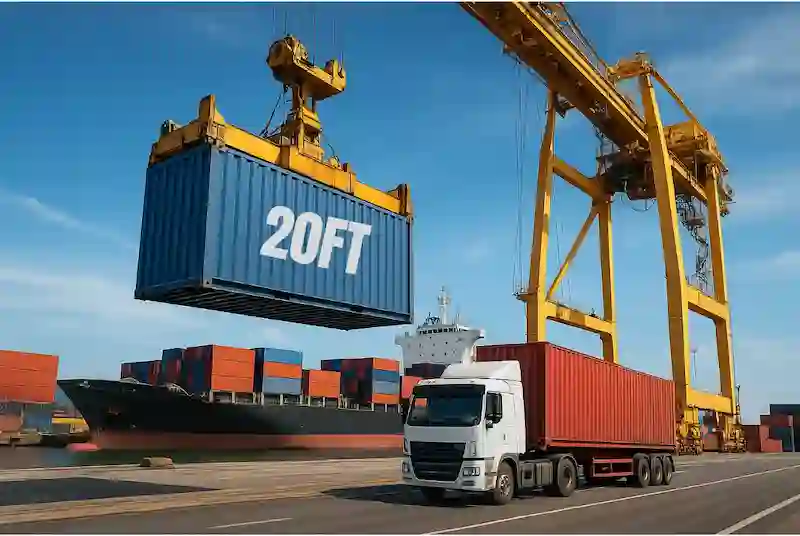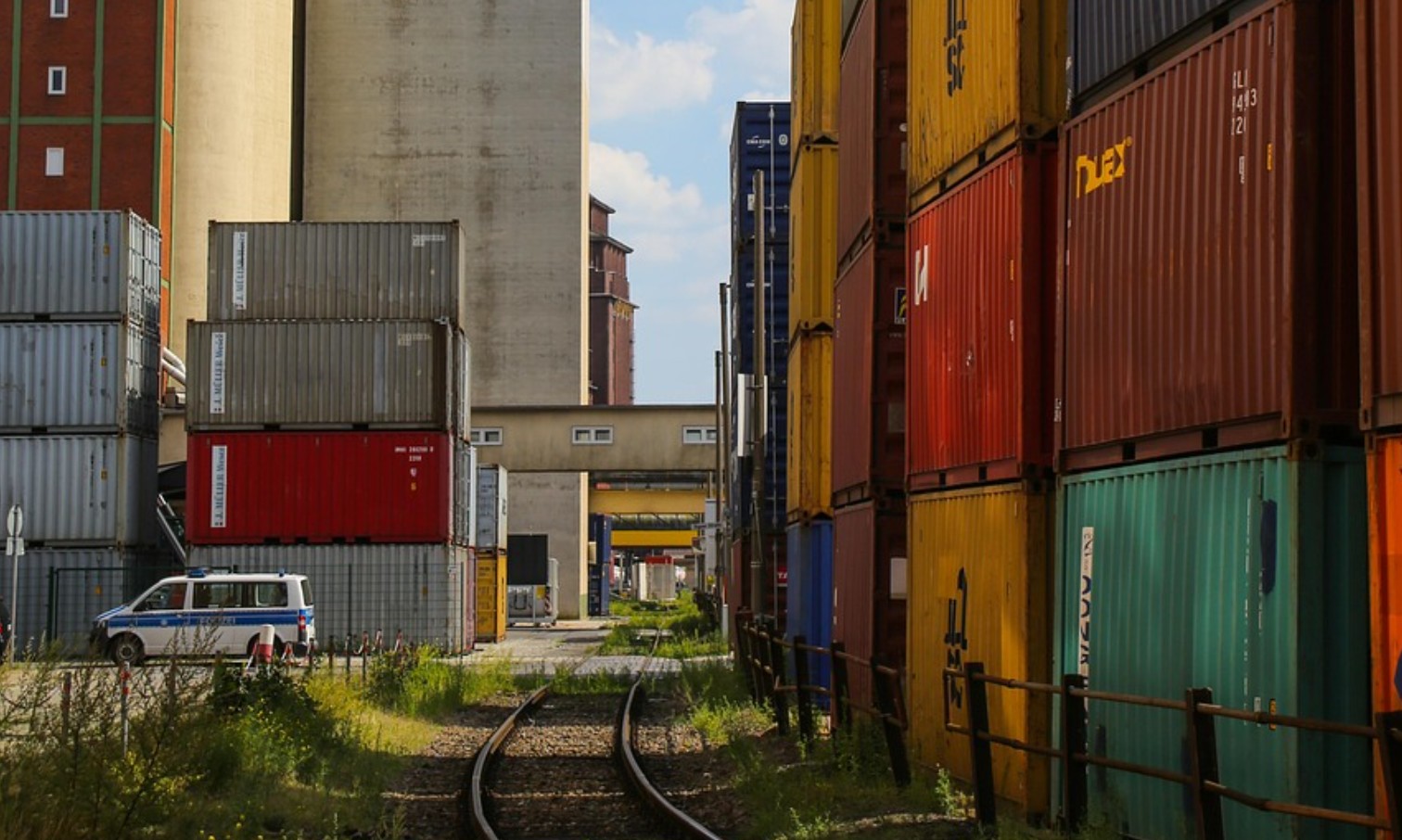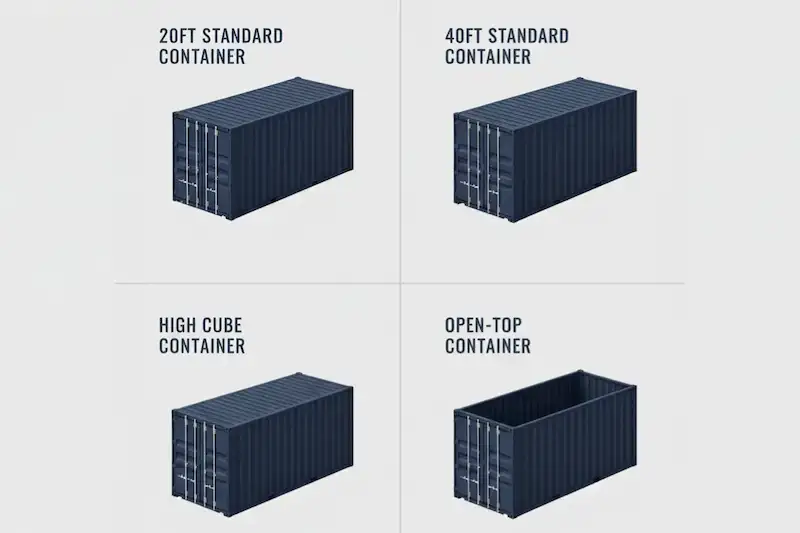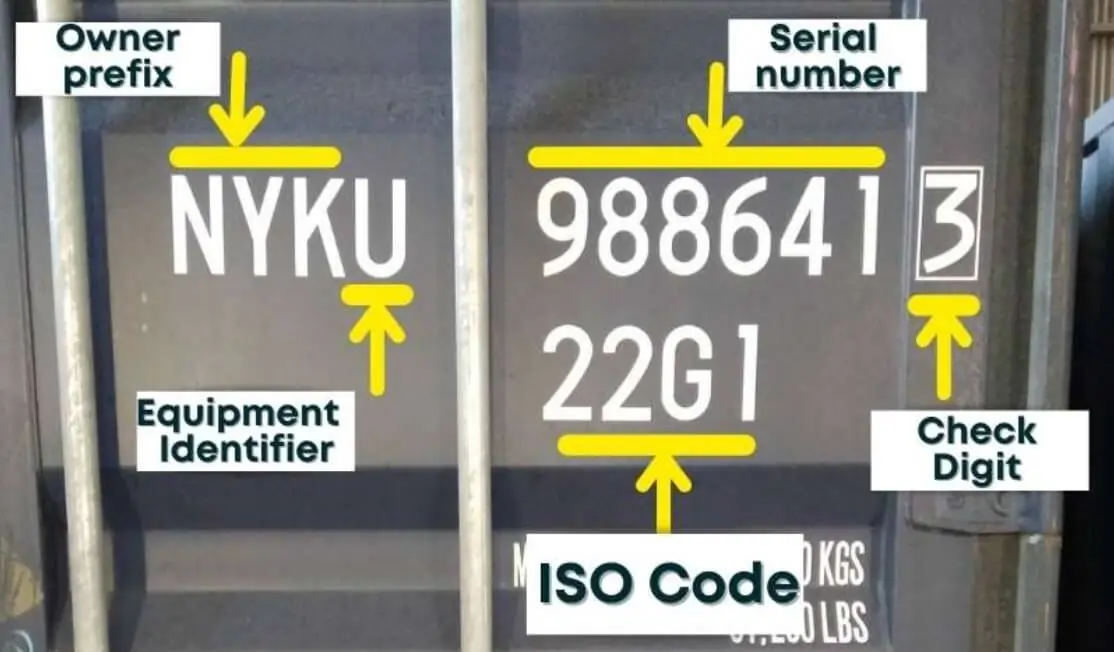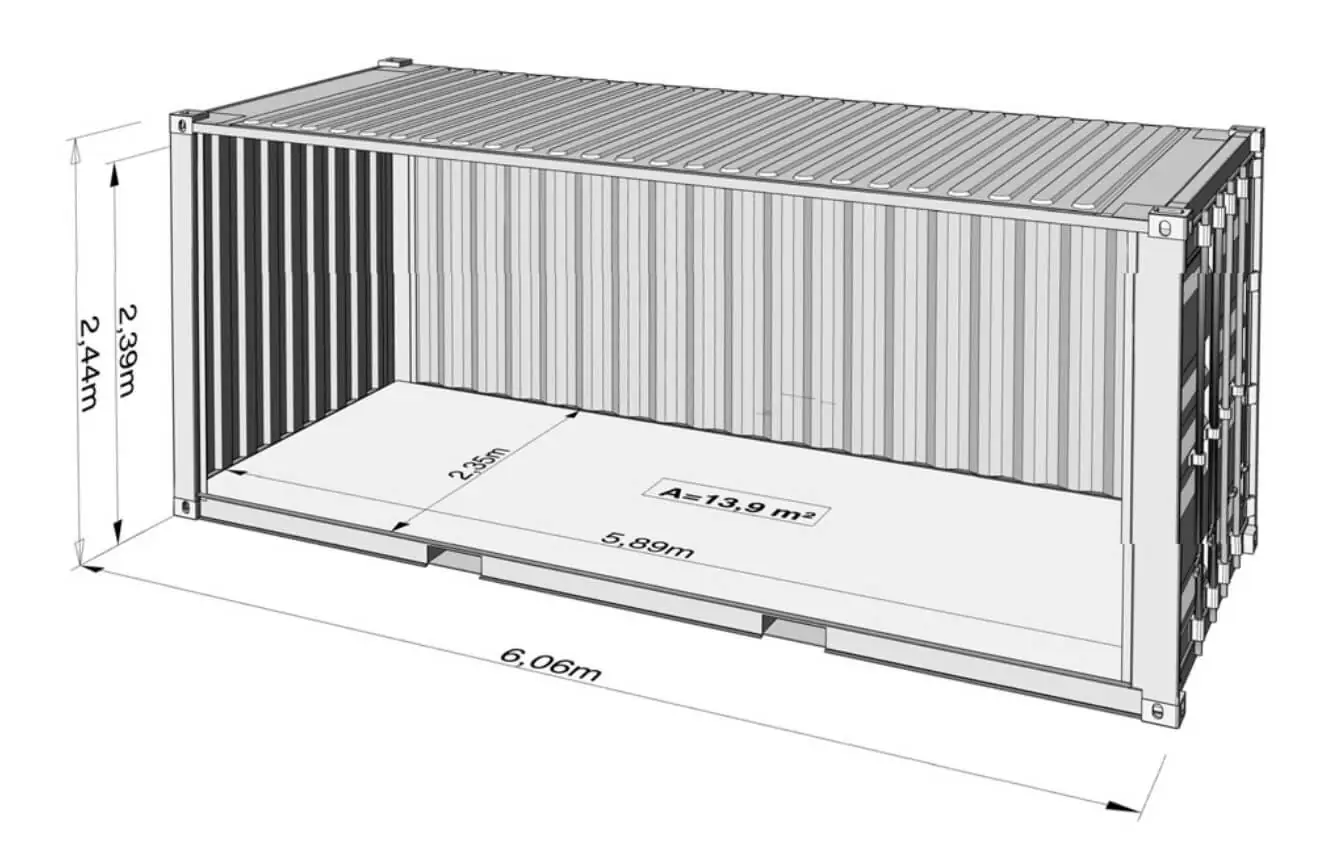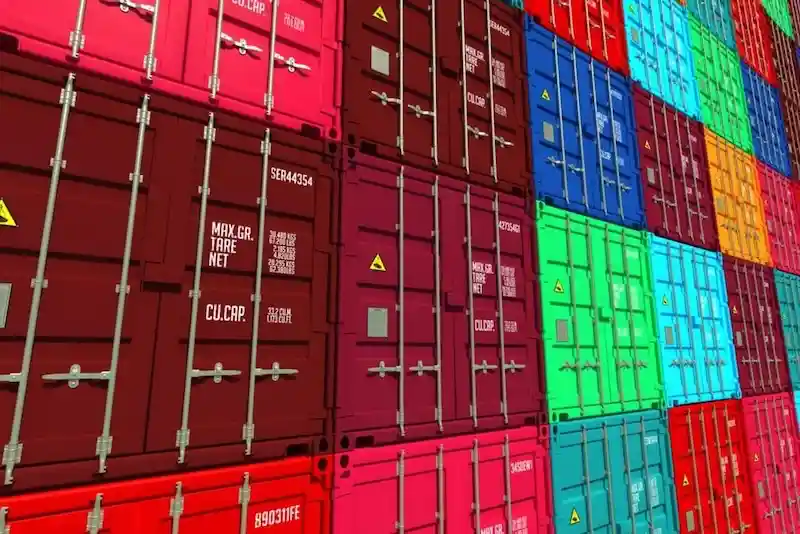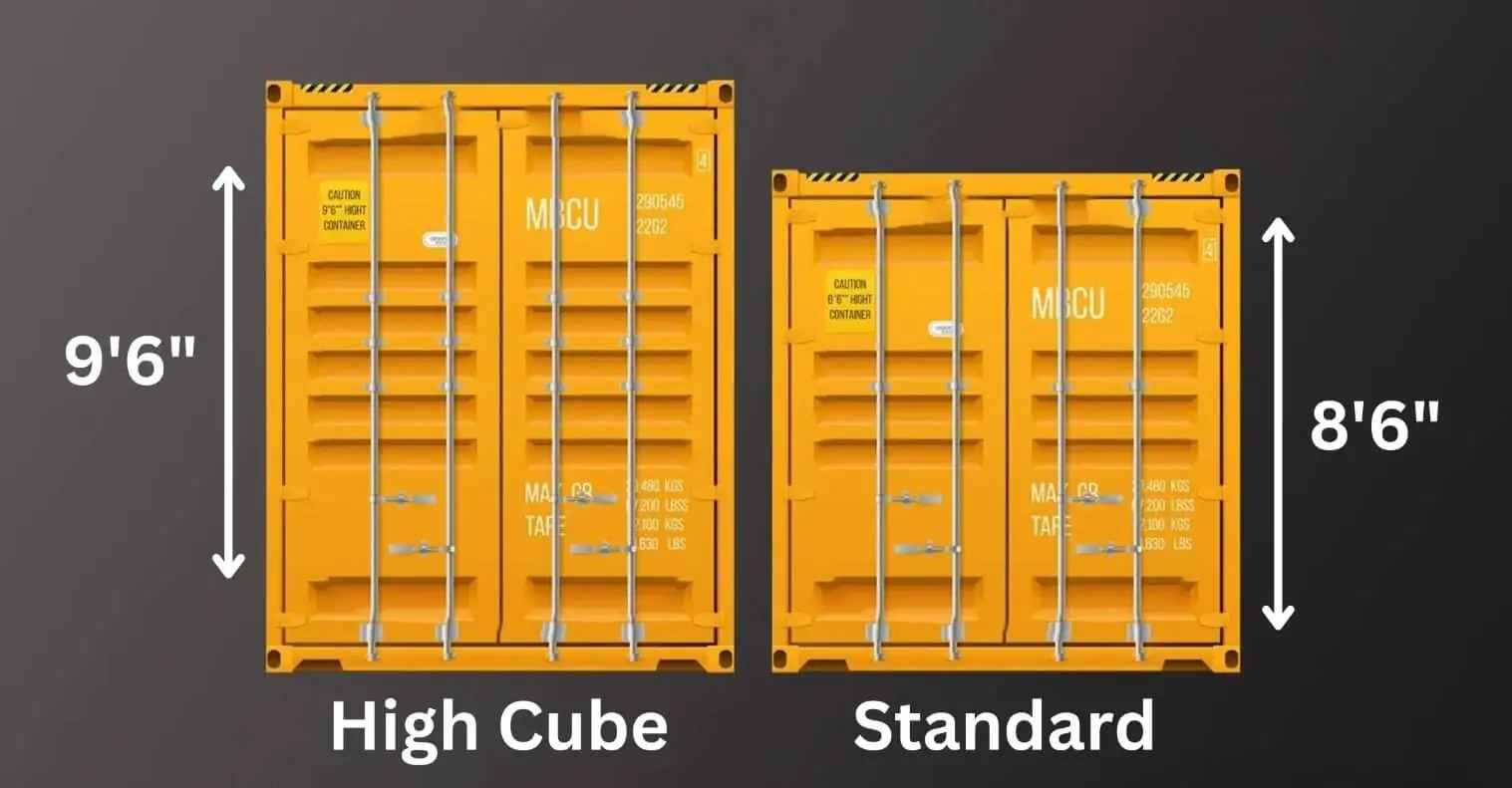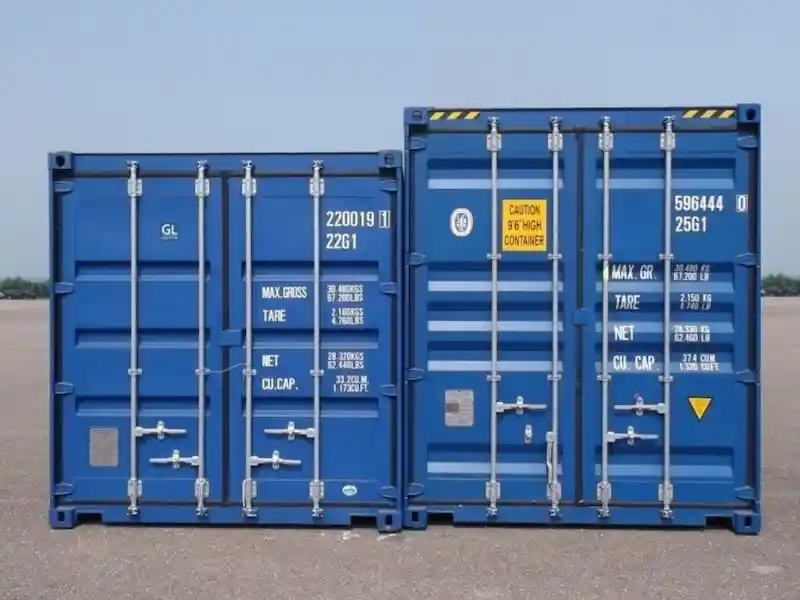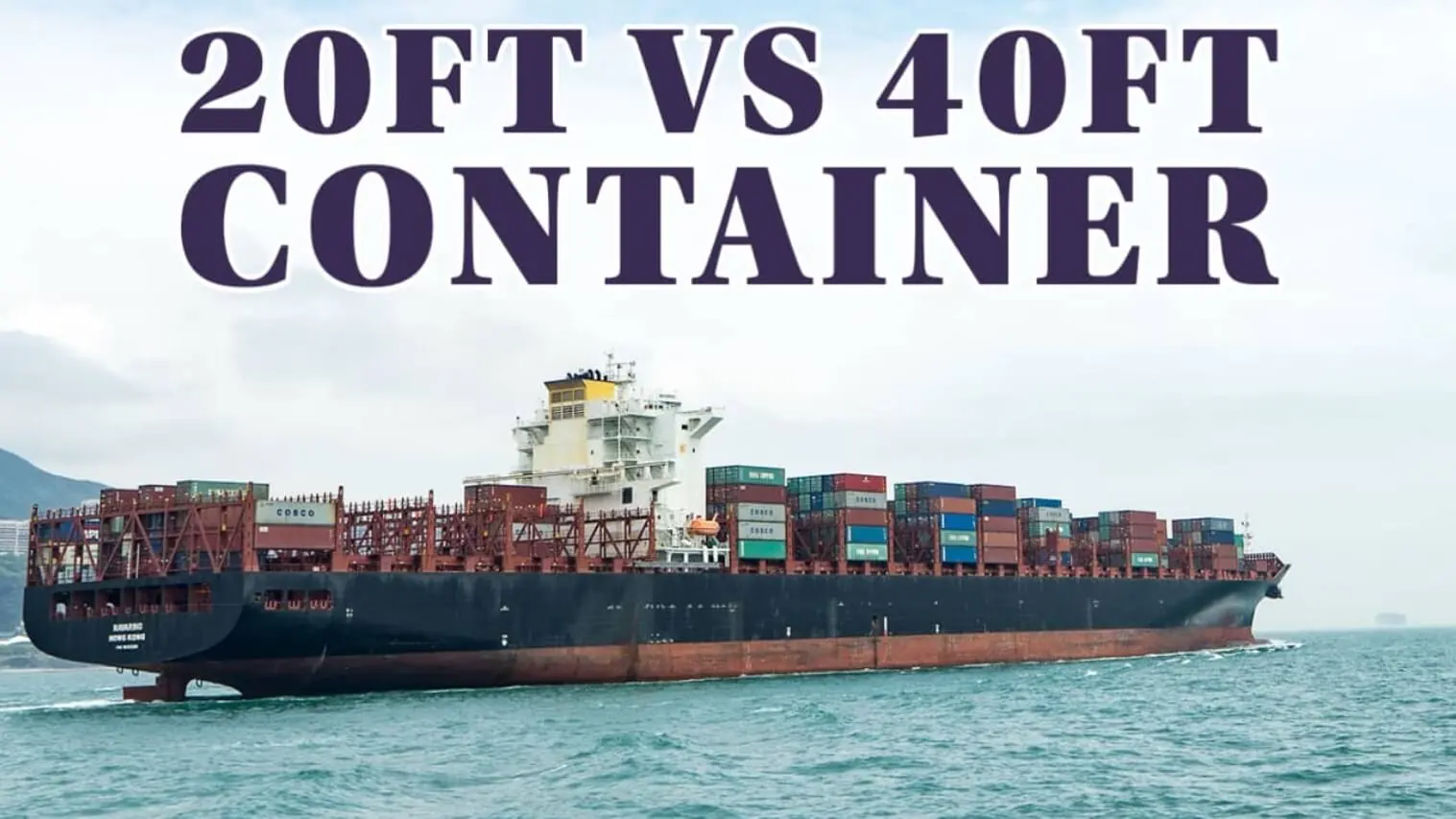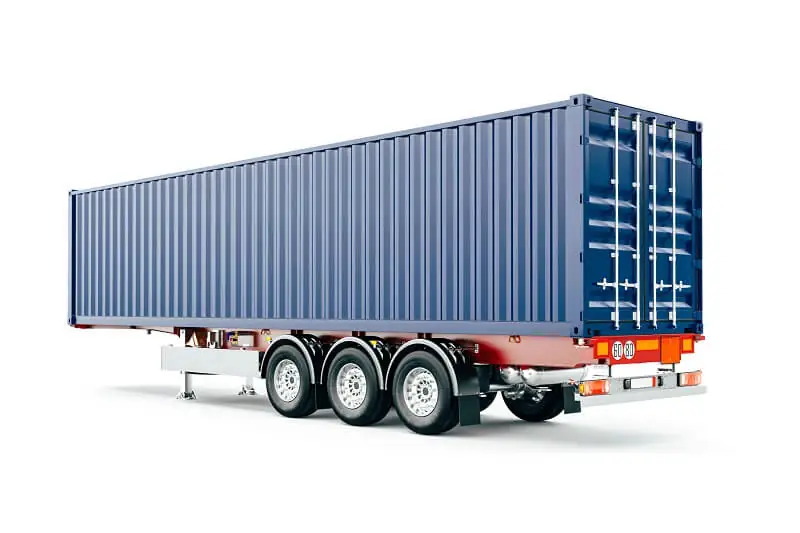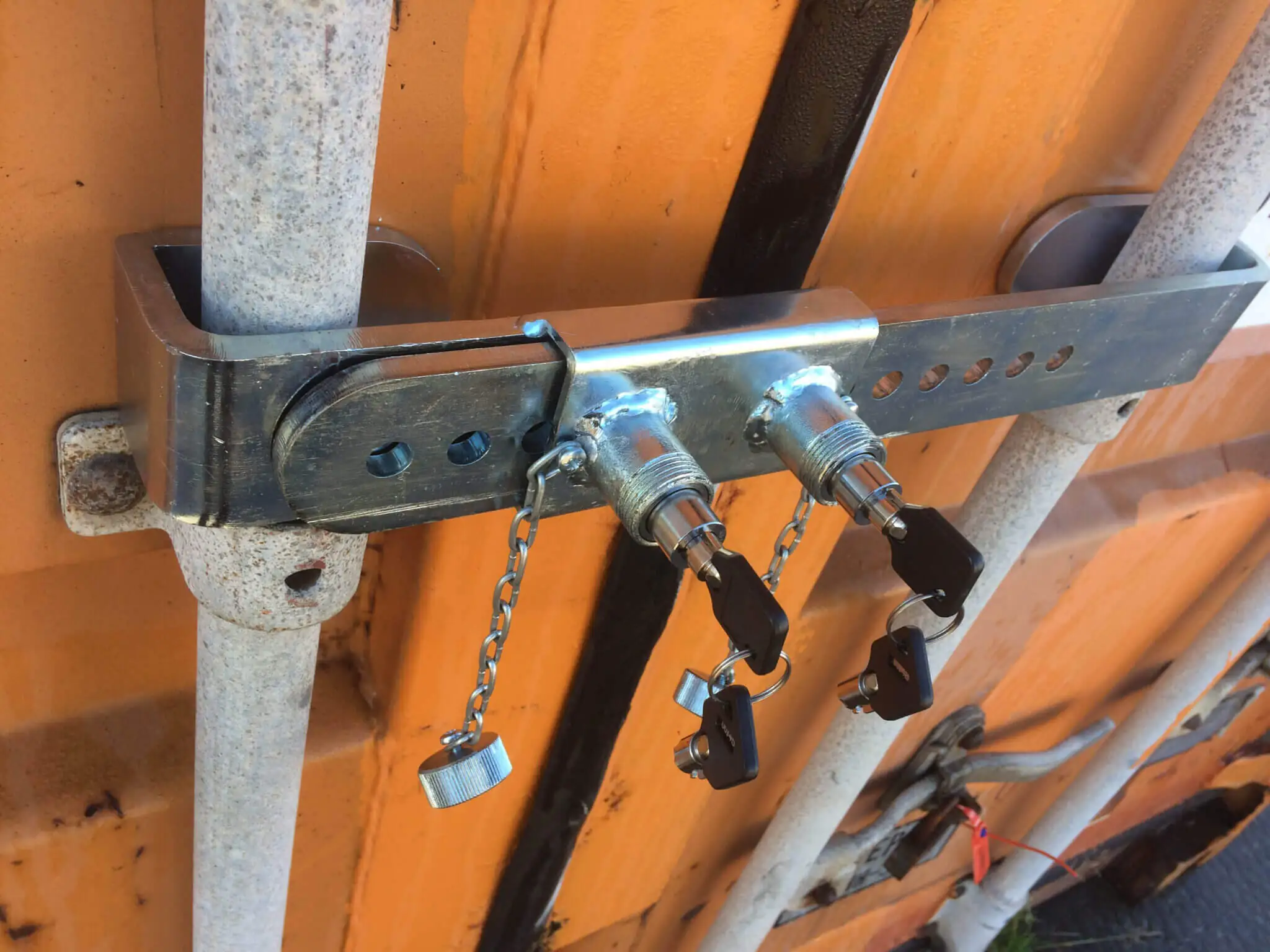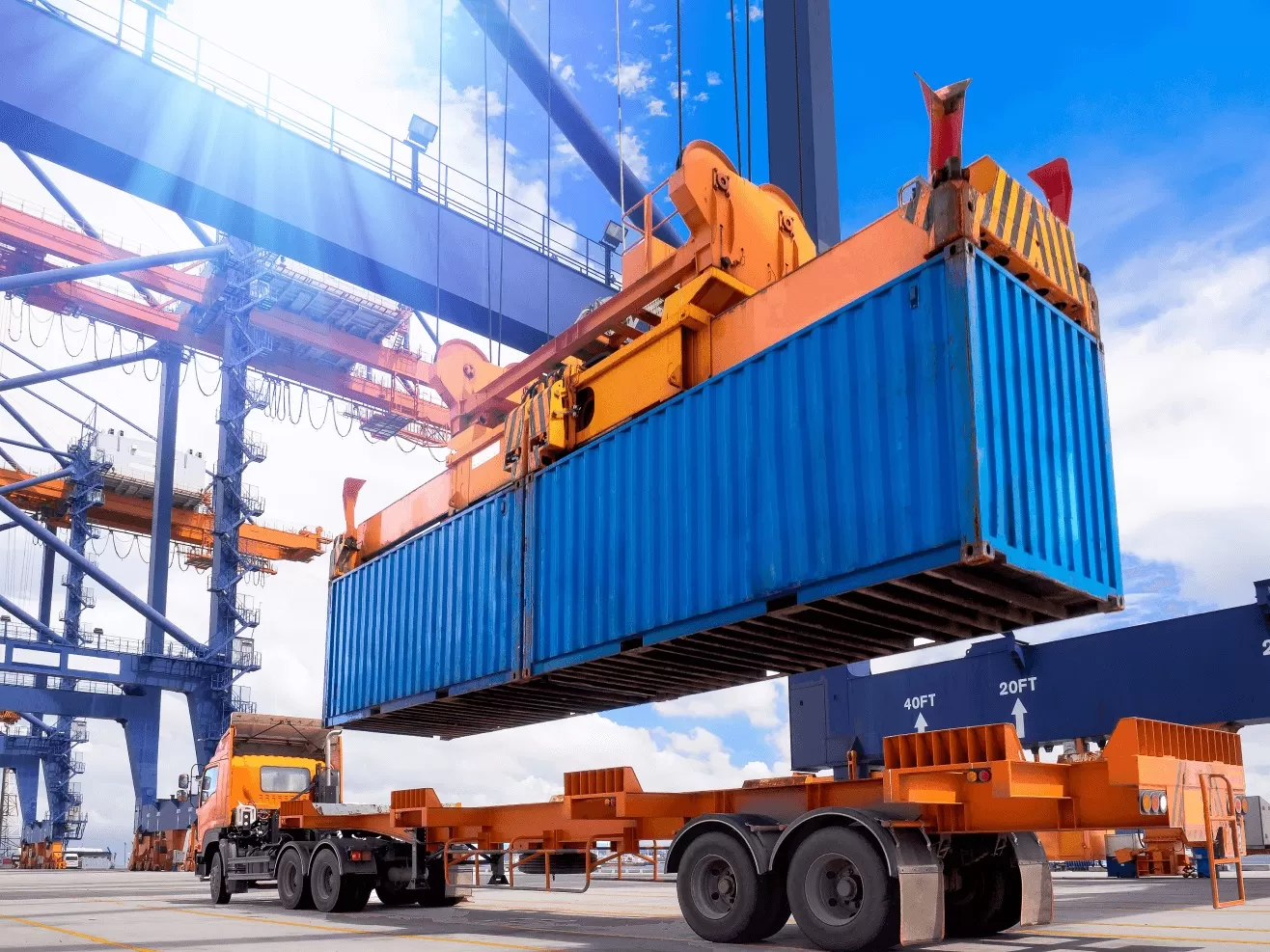Standard SCAC Code (Carrier Alpha Code) in shipping: Definition & code list

Precision and efficiency are key points in the global supply chain. That’s why it relies on standardized identification systems. The Standard Carrier Alpha Code (SCAC) is exactly this kind of system, vital for tracking shipments. Its responsibilities include regulatory compliance as well as smooth communication between carriers, businesses, and government agencies. Without SCAC codes, the logistics industry would face major difficulties like delays, misidentifications, and operational inefficiencies. We shall uncover every little detail on how SCAC codes function, what makes them truly necessary, and how to get the most out of them for your business.
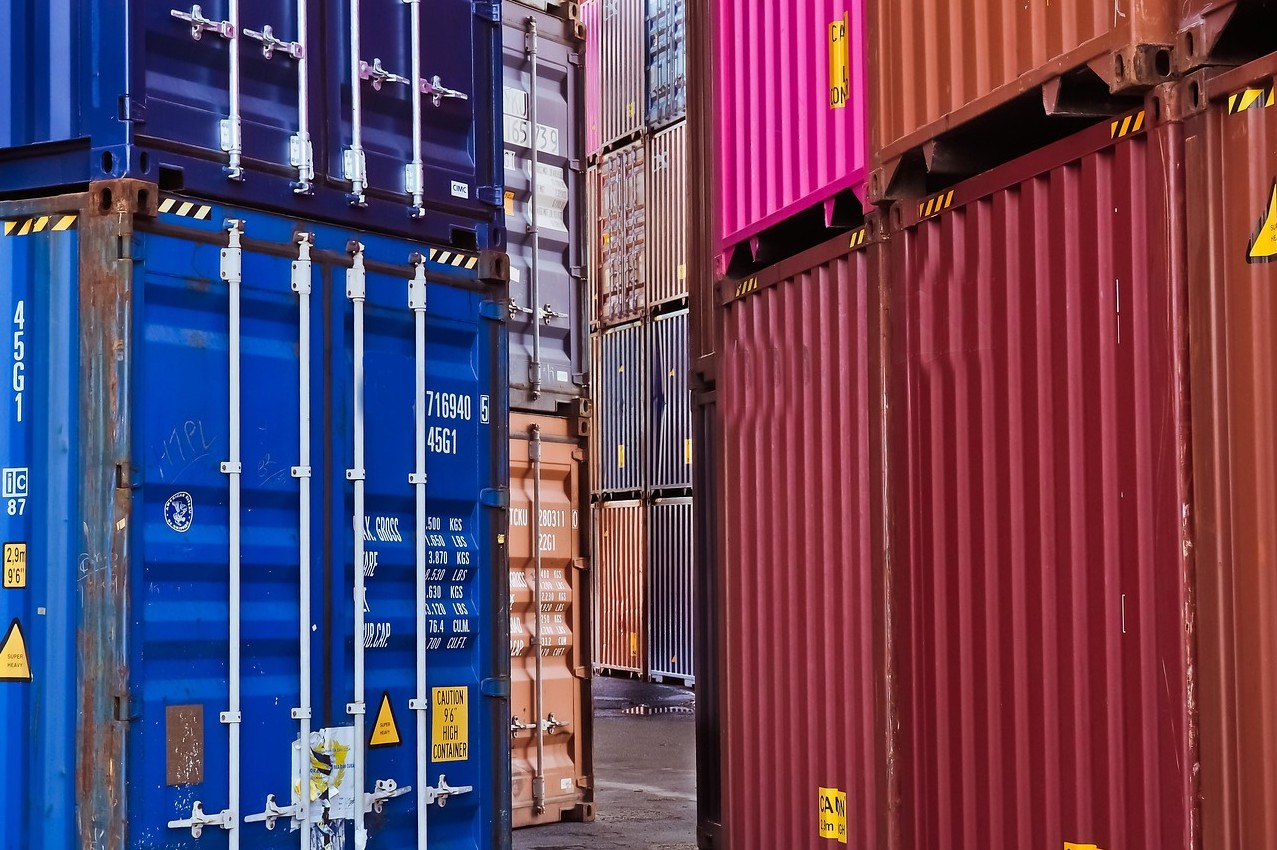
What is Standard Carrier Alpha Code (SCAC)?
The Standard Carrier Alpha Code (SCAC) is a unique identifier assigned to transportation companies that operate in the United States and internationally. This code consists of two to four letters. Established by the National Motor Freight Traffic Association (NMFTA), the SCAC system supports logistics by assigning each carrier a distinct code used in various shipping documents, including bills of lading, freight invoices, and customs filings.
SCAC codes were originally developed to facilitate freight billing and tracking in North America, and now they serve a broader role in international shipping and trade compliance. Carriers rely on these codes to maintain clarity in a supply chain that might involve standard 20ft shipping containers, refrigerated units, or oversized equipment — each requiring precise handling and documentation.
How does the SCAC code work?
SCAC codes are short, unique identifiers used in the shipping industry to identify carriers. When a shipment is booked, SCAC codes for carrier appear on the paperwork, letting automated systems recognize and process it correctly.
In intermodal shipping, where cargo moves from trucks to trains to ships, the SCAC code links each part of the journey to the right carrier. This could mean tracking goods moved in open top containers, especially when transporting items that don’t fit in standard enclosed boxes. Freight tracking systems use these codes to pull up real-time shipment updates, while customs agencies rely on them to confirm which companies are moving goods across borders.
On digital logistics platforms, SCAC codes keep data consistent between businesses, cutting down on mistakes and misrouted shipments. With a standardized code, companies can quickly figure out which carrier is handling a load without confusion or delay.
Why is SCAC code required?
SCAC codes aren’t just useful — they’re often required. U.S. Customs and Border Protection (CBP) demands them for electronic filings like Importer Security Filings (ISF) and Automated Commercial Environment (ACE) documentation.
Freight forwarding, customs clearance, and contract negotiations all depend on the SCAC codes used. Big corporations, government agencies, and major retailers won’t work with carriers that don’t have one. Without a SCAC code, a transportation company may be locked out of key shipping networks and large-scale freight operations.
When dealing with larger loads, a company may opt for 40ft shipping containers, especially for international cargo, and having the correct SCAC code attached to these shipments prevents headaches at customs.
SCAC codes for carriers remain a fundamental part of modern logistics, from tracking shipments to maintaining regulatory compliance. Their absence would mean inefficiencies, misidentifications, and logistical bottlenecks for the entire shipping industry.
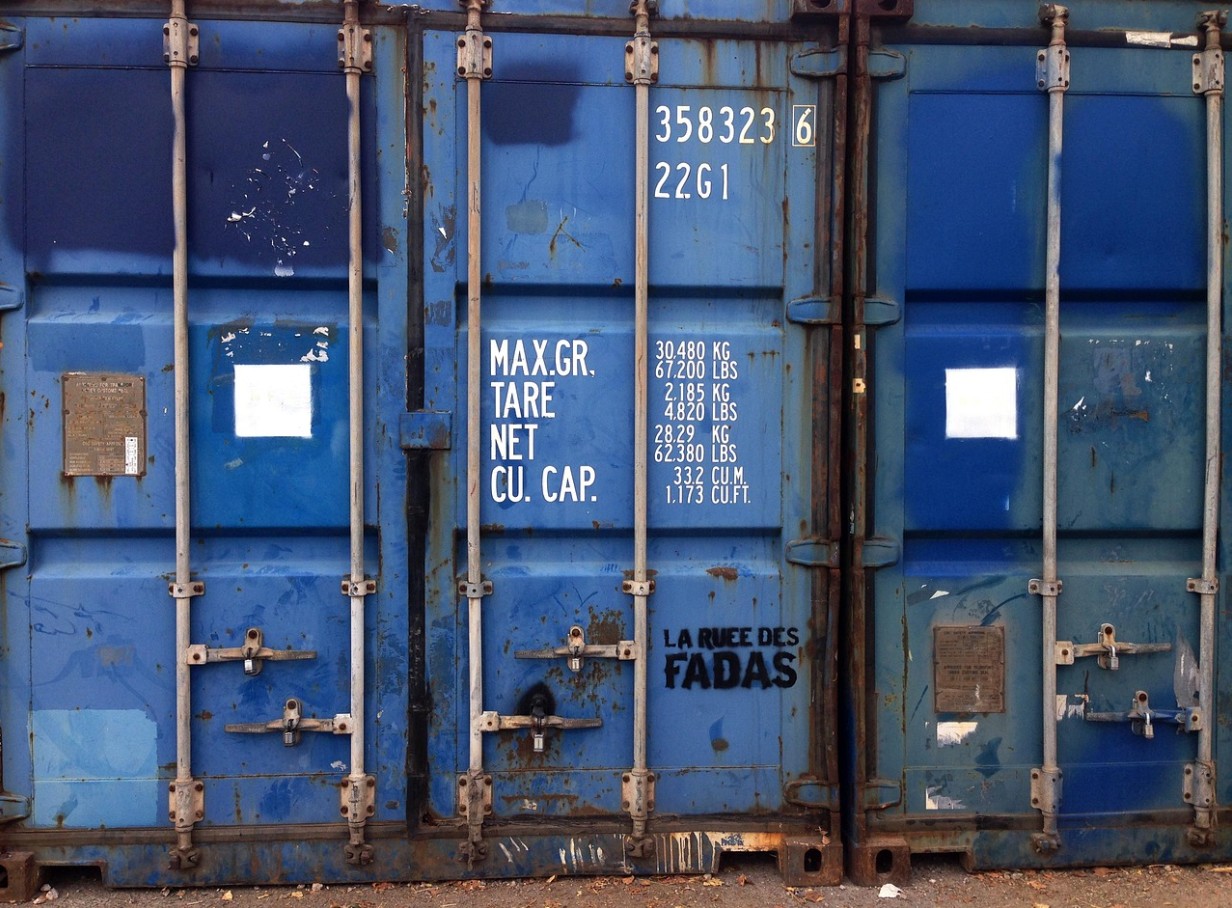
Benefits of SCAC codes
SCAC codes are meant to reduce errors in shipping documents and miscommunication between freight partners. Several advantages make SCAC codes an essential tool in logistics:
- Faster identification. Businesses and regulatory bodies can quickly verify carriers without ambiguity.
- Accurate shipment tracking. SCAC codes make it easier to track shipments across different transportation methods.
- Optimized compliance. Customs authorities use SCAC codes to confirm the legitimacy of carriers, which also helps to prevent fraud.
- Easy integration with systems. Many logistics platforms rely on SCAC codes to process data in the most accurate way.
- Reduced delays. With the correct use of SCAC codes, the chances of misrouted shipments and documentation mistakes are minimal.
For customs, SCAC codes verify carrier legitimacy and support adherence to international trade rules. Companies using SCAC codes face fewer delays, quicker customs clearance, and smoother logistics. Some companies also use tunnel double door containers to speed up loading and unloading, especially in environments where time matters.
How to Get an SCAC Code
Getting a SCAC code is rather a straightforward procedure but requires a careful approach. These codes are issued by NMFTA. Submitting an application involves basic company information: legal name, business address, and the type of transportation services provided, etc.
After getting an approval, the applicant gets a unique SCAC code, which shall be renewed every year. Letting it expire can lead to deactivation, making it harder to work with major shippers or clear customs smoothly. For those transporting bulk in 45ft shipping containers, an expired SCAC code could halt a high-value shipment at the border.
Carriers should keep their SCAC codes up to date to avoid shipping disruptions.
SCAC code list: check the code for your carrier
Each carrier has its own SCAC code, and businesses can verify them using official sources. An updated SCAC code list is kept by the NMFTA and can be checked by a company to confirm carrier details. Many freight platforms also have SCAC code databases for quick access to transport provider information.
The actuality and correctness of SCAC codes are necessary to check because using an outdated code may result in delaying shipments and causing compliance issues. A company should regularly check the SCAC codes of the carriers they work with to maintain smooth logistic operations.
From freight tracking to regulatory compliance, SCAC codes are an important part of global shipping. A correct SCAC code is good for transportation businesses, as it relieves numerous aspects, like managing container shipments, handling customs, or integrating logistics systems.
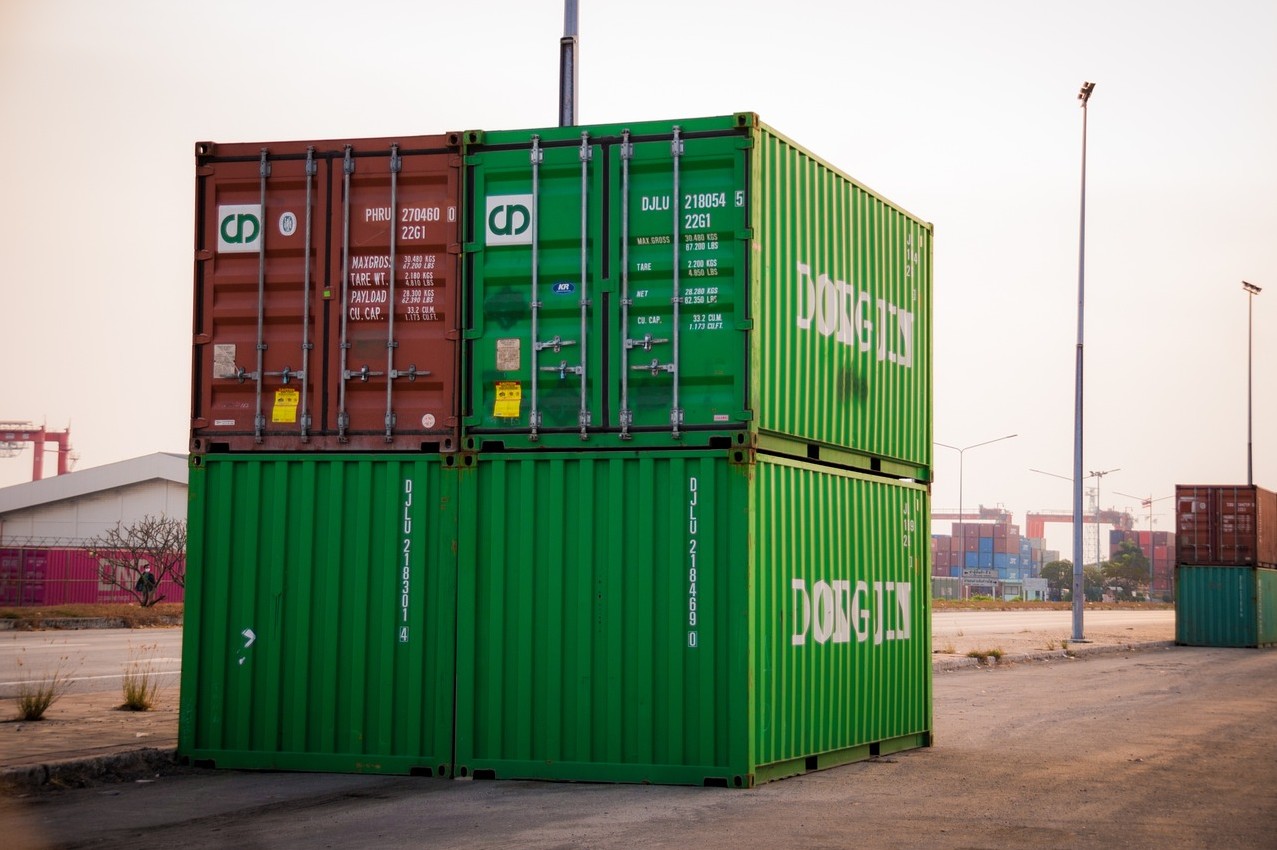
Conclusion: The power of SCAC code in logistics
Proper identification is like butter for logistics, and SCAC codes are a major part of this system. Such processes as shipment tracking, customs paperwork, and logistics software integration benefit from these codes. By contrast, without a valid and actual SCAC code, a company might struggle to access major shipping networks and regulatory processes.
A SCAC code isn’t just a random set of letters but a needed remedy for transportation efficiency. With global trade expanding, these codes are predicted to become even more important in the foreseeable future.
Vanessa is a dedicated writer and content enthusiast at Pelican Containers. With a background in practical writing and a keen eye for clarity, she transforms complex container topics into easy-to-understand and useful content. Her passion lies in exploring the evolving world of container usage — from smart storage hacks to global logistics trends.
When she's not writing, Vanessa loves discovering creative shipping container projects or traveling to find new inspiration.
Explore thoughtful, informative, and accessible content with Vanessa!
Vanessa is a dedicated writer and content enthusiast at Pelican Containers. With a background in practical writing and a keen eye for clarity, she transforms complex container topics into easy-to-understand and useful content. Her passion lies in exploring the evolving world of container usage — from smart storage hacks to global logistics trends.
When she's not writing, Vanessa loves discovering creative shipping container projects or traveling to find new inspiration.
Explore thoughtful, informative, and accessible content with Vanessa!
FAQ
How do I find my Standard Carrier Alpha Code?
If you already have an SCAC, the easiest way is to check the paperwork you submitted when registering with the NMFTA or dig through any confirmation emails or official letters they sent you. You can also search for your company on the NMFTA’s SCAC lookup tool online, but you’ll need a subscription for full access. If you don’t have an SCAC yet, you’ll need to apply directly through the NMFTA. They have an application form and charge a fee for assigning a new code.
Do I need a Standard Carrier Alpha Code?
That depends on what kind of business you’re doing. If you’re a carrier working with U.S. Customs, hauling loads for the Department of Defense, dealing with rail shipments, or doing business with large logistics companies, they’ll usually ask for your SCAC. It’s how they identify your company in their systems. On the other hand, if you’re a small carrier doing local runs without touching international freight or government contracts, you might not need one at all.
Does every company have a SCAC code?
No, not every company has one, and most companies outside the transportation or logistics industry won’t ever deal with SCACs. Even within the shipping world, only carriers that need to be identified by customs, brokers, or certain clients typically get one. It’s not like a DOT or MC number that’s federally required for interstate transport — it’s more of an industry-specific thing.
What is the meaning of the alpha code?
“Alpha code” just means a code made up of letters from the alphabet—so when people talk about a SCAC being an “alpha code,” they’re referring to the four-letter combination that’s used to represent a specific carrier. Each code is unique and registered, kind of like a license plate but made entirely of letters.
How many digits is a carrier code?
SCACs aren’t made up of digits at all — they consist of up to four letters. So, there are zero digits in a SCAC. If you’re thinking of something else like a DOT number (which is numeric), that’s a different system. Examples of SCAC would be “ABCD” or “XYZL”.
